Corium is a system designed for ease of use, with safe and speedy installation. A nationwide network of recognised installers are able to fit the exterior brick cladding from mobile platforms, scissor lifts, mast climber or traditional scaffolding.
Building with Corium brick cladding can be up to 5 to 6 times faster for construction speed than traditional brickwork, offering labour cost reductions and time savings. It can also be installed at temperatures and with moisture conditions where it would not be possible to lay traditional bricks.
If projects require it, Corium brick facades can also be assembled off-site, allowing for finished sections to be installed as a prefabricated solution to be pointed on site. This method not only ensures quality controlled factory conditions during fabrication, but it allows for rapid construction without delays due to weather, reducing wastage and on-site construction time.
In the event that a cladding tile is damaged, the individual tile can be fully removed and replaced with a new one, without the need to remove the whole area.
.jpg)
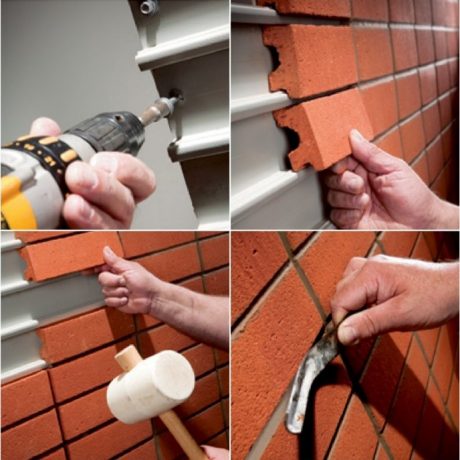
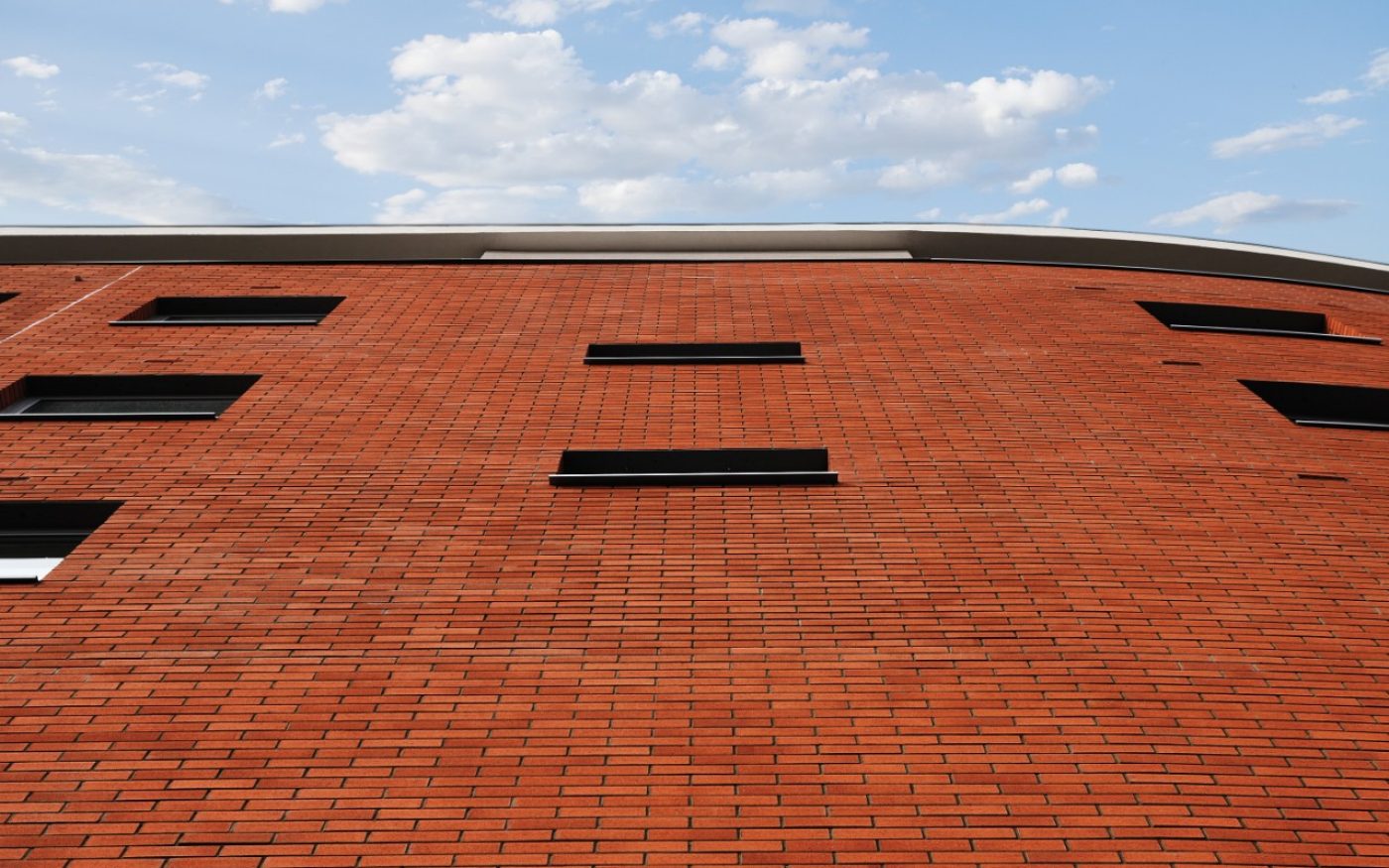
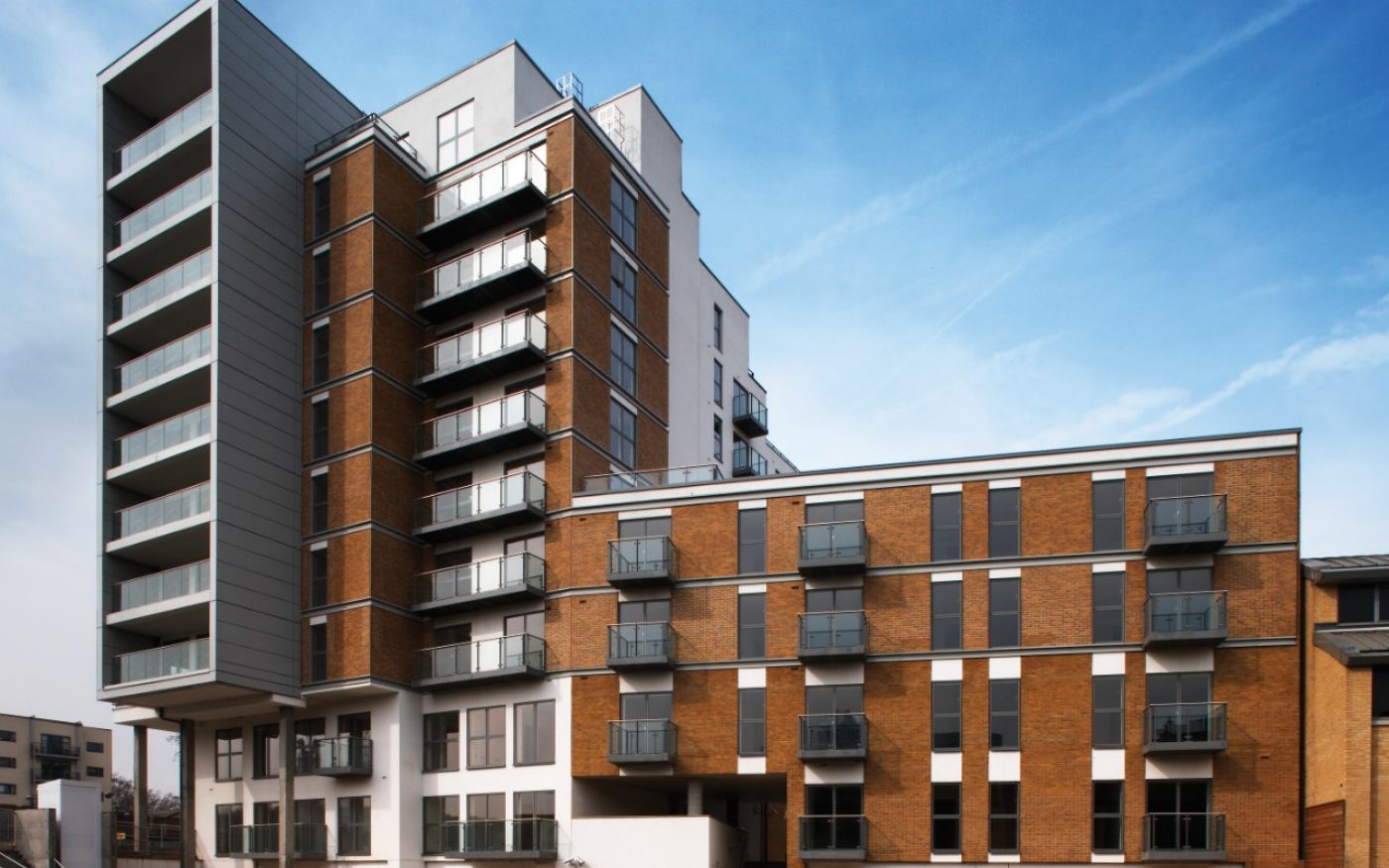
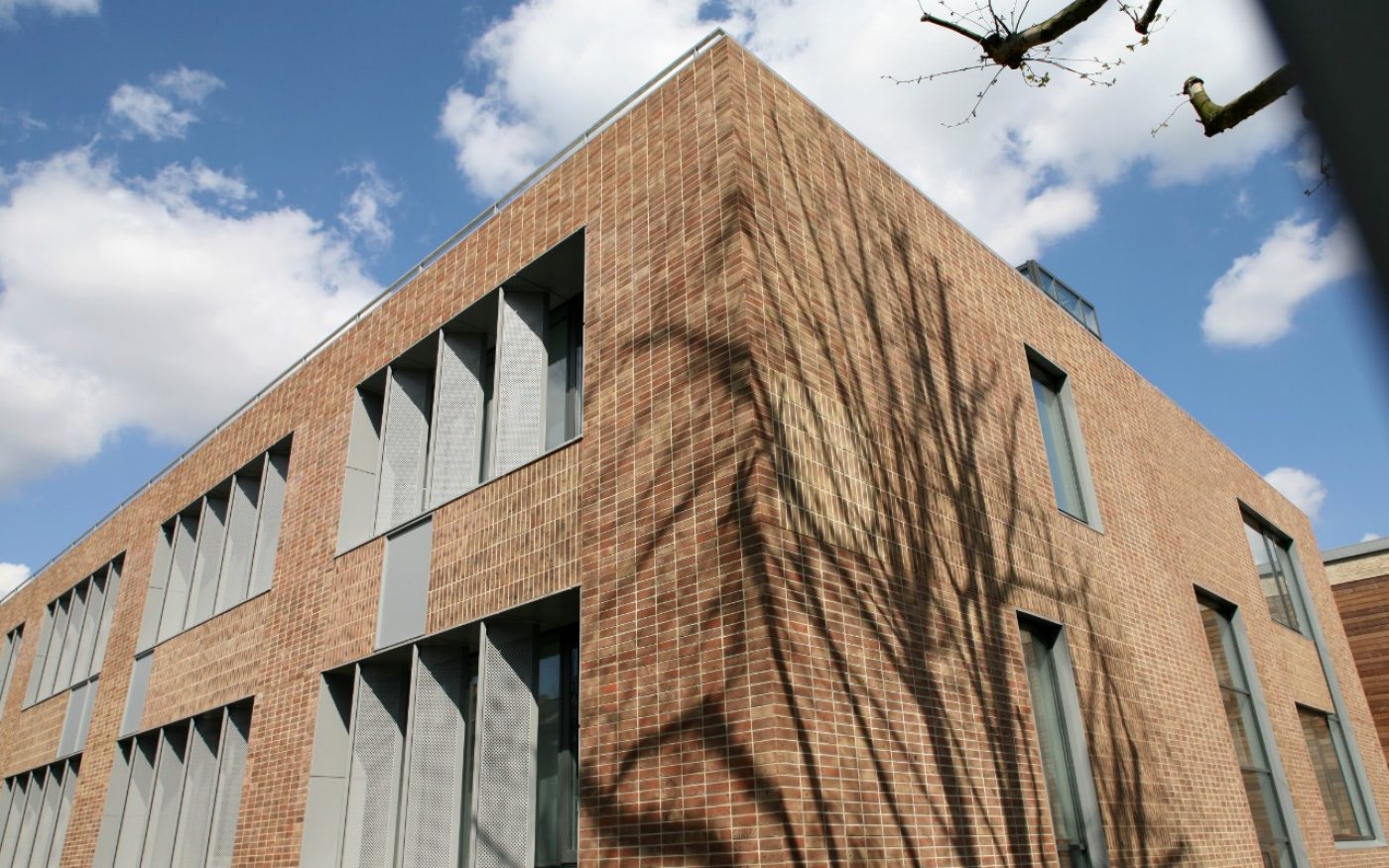
.jpg)
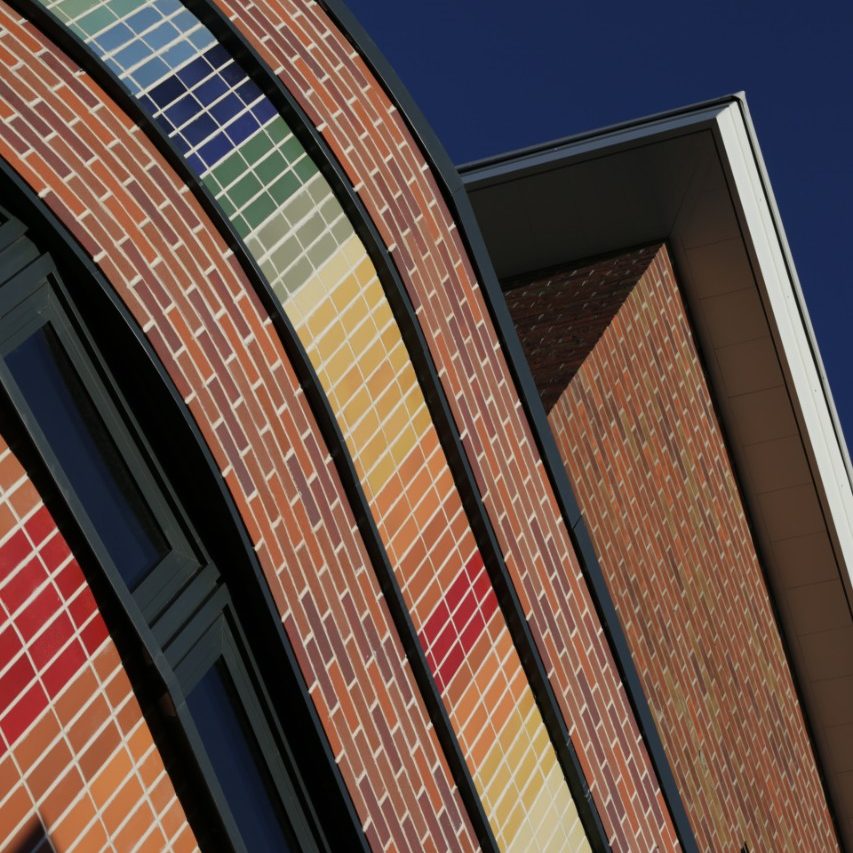
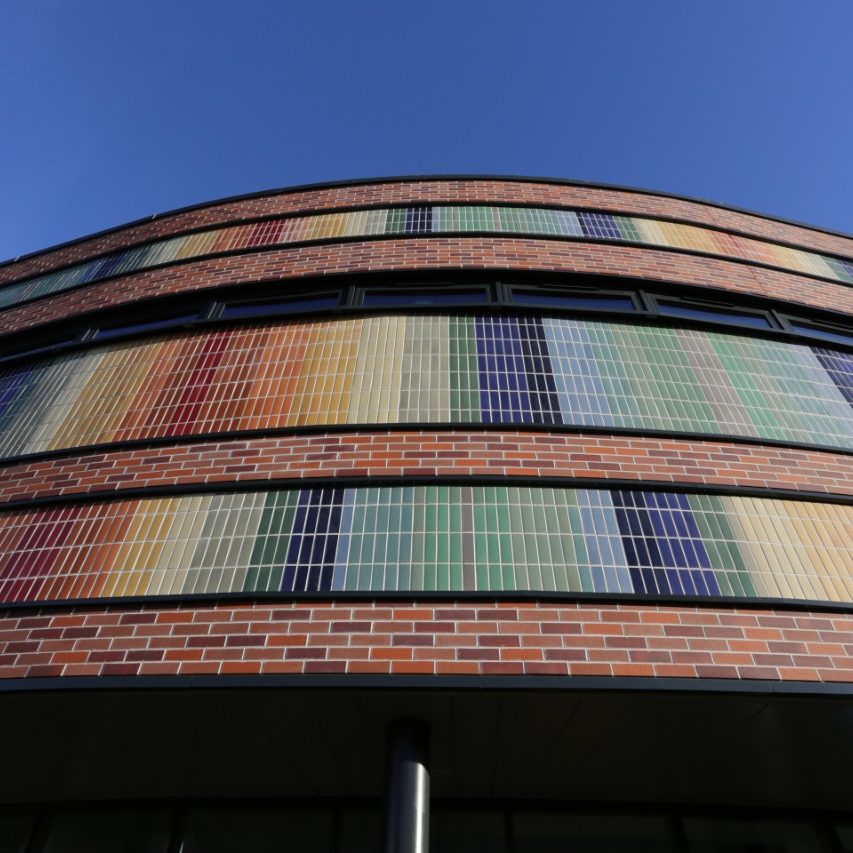
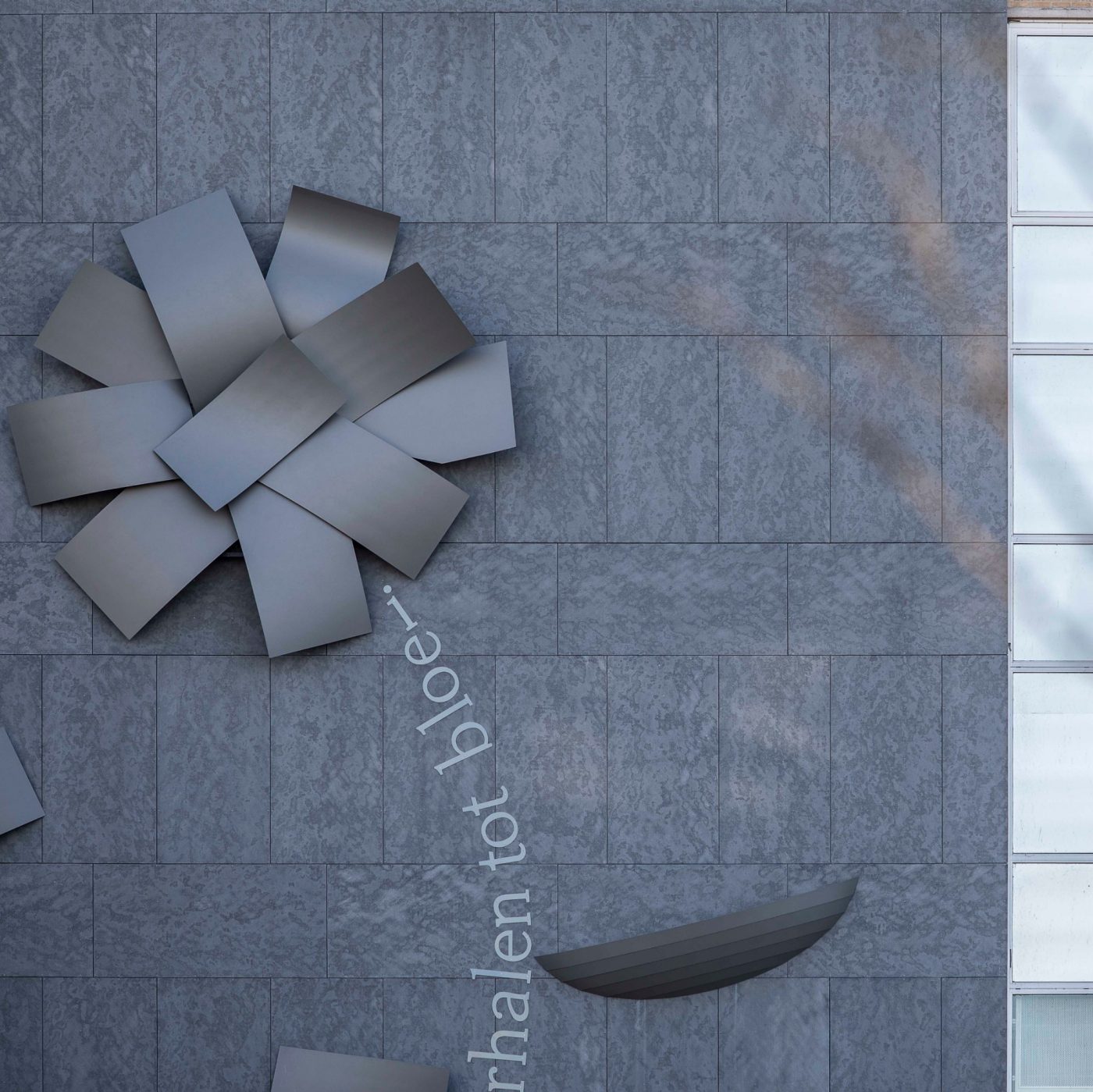
.jpg)
.jpg)
.jpg)